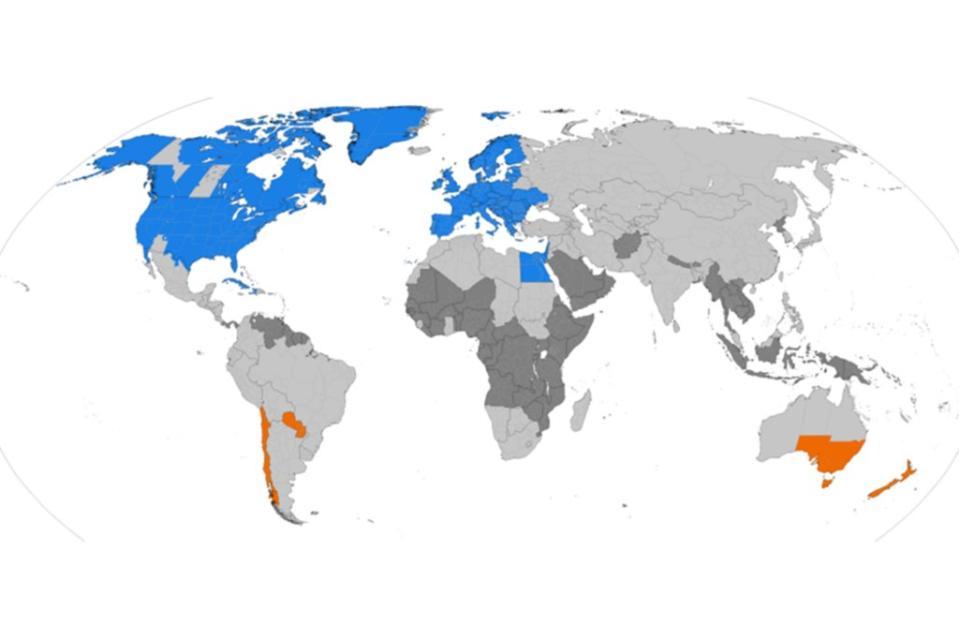Revealed: The surprising truth about daylight saving time — as politicians push to eradicate it

Clock this.
Politicians and professional organizations across America are pushing to axe daylight saving time (DST) — but the practice is more popular than you might think.
This weekend, Australians will set their clocks back an hour as their daylight saving season ends ahead of the onset of the southern hemisphere’s winter.
That fact has stunned some Americans who didn’t realize other places use DST to create extra light during summer evenings.
In fact, close to 70 countries alter their clocks for at least some regions within their borders, including Israel, Egypt, and most of Europe.
However, as in the US, there’s been a push in many places to eradicate the practice, which has recently ended in nations such as Mexico, Brazil and Russia.
Below, the surprising facts about DST from around the wold, and what Americans really think about the proposal to do away with time changes.


Most western nations have DST
America isn’t alone in putting their clocks an hour ahead come springtime to take advantage of longer evenings with warmer weather.
The entirety of the European Union has DST from the last Sunday in March to the last Sunday in October (a total time of 7 months).
Israel and Egypt also practice DST for 7 months of the year, while states and territories in Australia and New Zealand have DST for 6 months.
But the US and Canada are the two western nations with the lengthiest DST, which runs from the second Sunday in March to the first Sunday in November.
That’s a total of almost 8 months.

Numerous countries have recently eradicated DST
It’s an emerging international trend to do away with daylight saving, with health experts asserting that altering the clock by just an hour can have negative health effects on the human body .
In 2022, the American Medical Association called for the eradication of DST, saying that it can take months for humans to adjust to a new sleep schedule after the clock changes.
Many medics believed the adoption of permanent standard time will not only lead to more consistent sleep patterns, but could help people go to bed earlier in the summer and enjoy more natural light in the morning.
Meanwhile, in 2019, the European Parliament voted to remove daylight saving in the European Union, although the measure hasn’t yet come into effect.
They’d be following in the footsteps of Brazil, which eradicated DST in 2019, and Russia, which nixed the practice back in 2014.
Most of Mexico abolished DST in 2022, with the exception of Baja California and some municipalities near the US border.

Some of the world’s most populous countries don’t practice DST
China, India and Japan famously don’t alter their clocks to take advantage of lighter evenings in the summer.
Japan only practiced DST for three years, between 1948 and 1951, while India hasn’t had DST since the 1970s. Meanwhile, China ended daylight saving in 1991.
Americans are sick of setting their clocks back and forward
According to one YouGov poll, 63% of Americans no longer want to “spring forward” or “fall back,” saying that they want to keep one consistent time for the entire year.
However, they’re split on whether that time should be standard time (ST) or DST.
Standard time would offer more light in the morning, while the implementation of permanent daylight saving time would let light linger later into the evening.
In 2022, Florida Sen. Marco Rubio sponsored the Sunshine Protection Act, arguing DST would give the economy a boost as more Americans would stay out later and spend more money.
However, the US previously had permanent DST for 8 months in 1974, before its popularity plunged and the country reverted back to ST.
Current polls show citizens are split, with 48% of surveyed US adults saying they’d like to readopt permanent DST once again.

